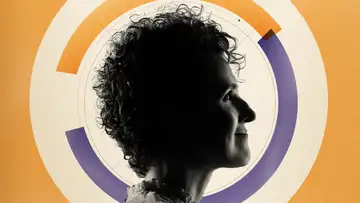Gluten MythsTop of Mind with Julie Rose • Season 1, Episode 112, Segment 3
Jul 29, 2015 • 13m
Guest: Bana Jabri, M.D., Ph. D., Director of Research at the University of Chicago Celiac Disease Center
Seems like every restaurant menu I see these days has a few “gluten free options.” Grocery store aisles have entire shelves dedicated to people steering clear of the protein found in wheat, barley and rye. I’ve noticed the gluten-free products often appear in the health food category of the store.
That subtlety may explain why as many as one in three Americans tries to avoid gluten. The number of people for whom gluten is actually a medical problem – Celiac Disease is what it’s called – is also four times more common than it was just 50 years ago. What’s going on with gluten?